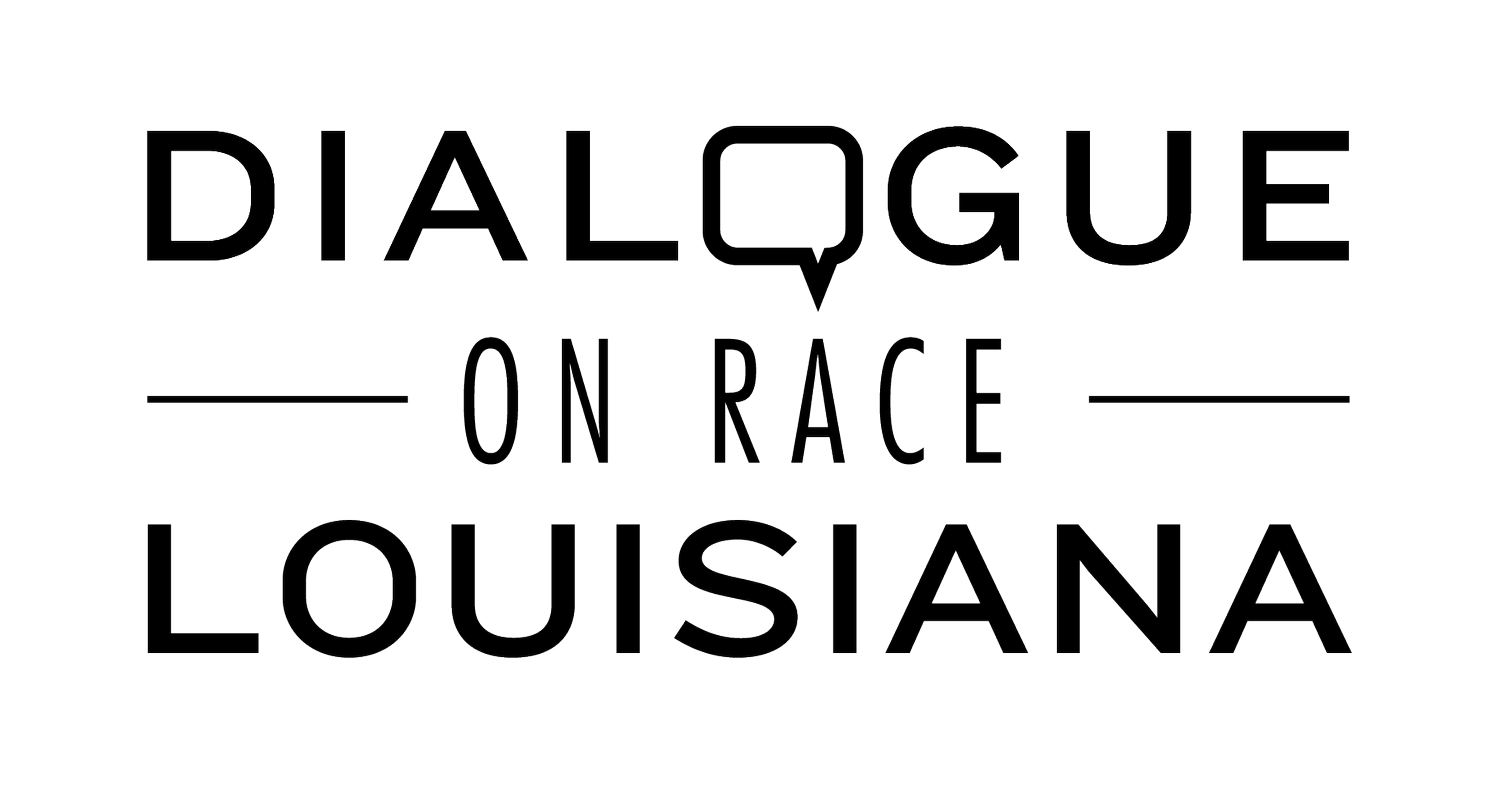The 1953 Baton Rouge Bus Boycott
Originally written by Ian Seaman, April 6, 2022
The 1953 Baton Rouge Bus Boycott was an act of Nonviolent Protest that inspired the many boycotts of the Civil Rights Movement.
By 1953, around 80% of all bus riders in Baton Rouge were Black, despite the buses being segregated; when Black-designated seats were taken, Black riders had to stand even when White-designated seats were available.
Community Organized Free Rides. Photograph by Ernest Ritchie
In February of 1953, Ordinance 22 was passed to allow Black and White riders to sit on a “first come, first served” basis. Bus drivers refused to comply, claiming to “protect the rights of White riders” and on June 18th, Ordinance 22 was overturned.
Baton Rouge Bus Stop. Photograph by Ernest Ritchie
The decision to overturn Ordinance 22 galvanized Black communities and leaders came together to form the United Defense League (UDL), with Rev. T.J. Jemison, the pastor of the largest Black church in Louisiana, as its first president. A meeting was called the night of June 18th and by the next morning a carpool service was arranged and the bus boycott began.
The Free Ride System. Photograph by Ernest Ritchie
Within four days, the Baton Rouge Bus Company was facing financial collapse. On June 22nd, more than 7,000 people attended a UDL meeting in Baton Rouge’s municipal stadium to support continuing the boycott. Controversially, Jemison struck a deal on June 23rd with the city council and announced that they would reduce the number of White seats on buses, however Ordinance 22 was not reinstated. The boycott was over.
Boycott Pickup Point. Photograph by Ernest Ritchie
Many participants expressed betrayal at this compromise, believing that they could have received better concessions. Still, this proved to be a successful, nonviolent protest that made national headlines. The New York Times, The Chicago Defender, and the Pittsburgh Courier all reported that 20,000 Black bus riders had challenged segregation in Louisiana.
Boycott Drop off. Photograph by Ernest Ritchie
The Baton Rouge Bus Boycott left many legacies, Dr. Martin Luther King Jr. would later call on Jemison’s model to stage the Montgomery Bus Boycotts in 1955. Most of all, this proved that peaceful protest could achieve change without violence.
Reverend T.J. Jemison with Dr. Martin Luther King Jr. Photograph by Ernest Ritchie
Our Sources
A friendly reminder: We’ve done our research, but you should, too! Check our sources against your own, and always exercise sound judgment.
“Baton Rouge Bus Boycott Background” / Mary Price, Ph.D. / LSU Library Online Exhibits / Further Contributions from McKinley High School of Baton Rouge / 1998
“The First Civil Rights Bus Boycott” / Debbie Elliott / NPR / June 19, 2003
“Jemison, Theodore Judson: Biography” /The Martin Luther King, Jr. Research and Education Institute / Stanford University
“Baton Rouge Bus Boycott (1953)” / Samuel Momodu / BlackPast / February 4, 2018
“Baton Rouge Bus Boycott” / Christina Melton / 64 Parishes / February 12, 2016
All photographs are courtesy of Ernest Ritchie and Horatio Thompson







